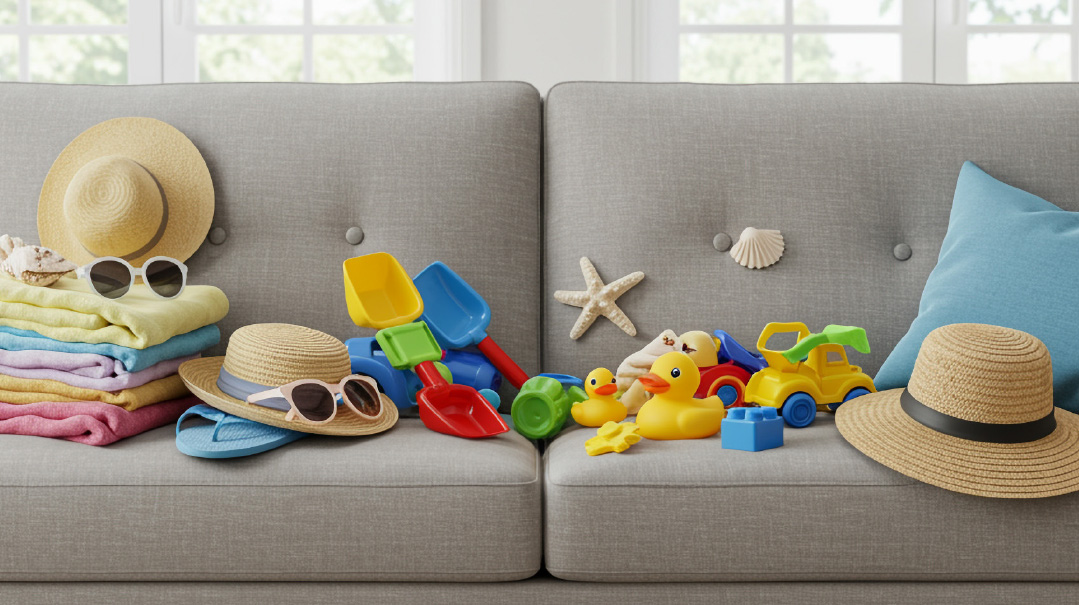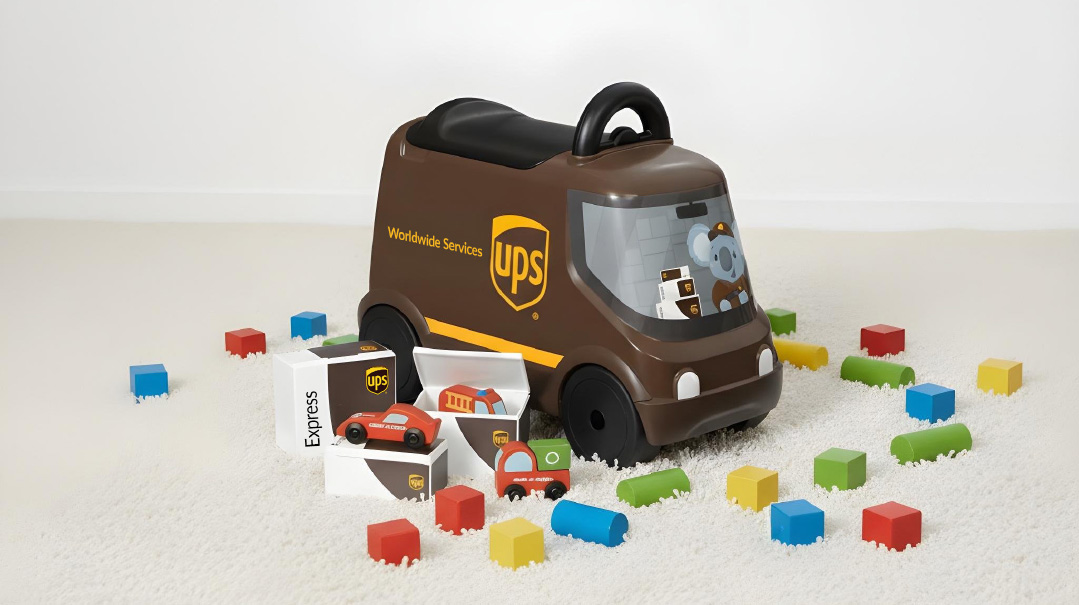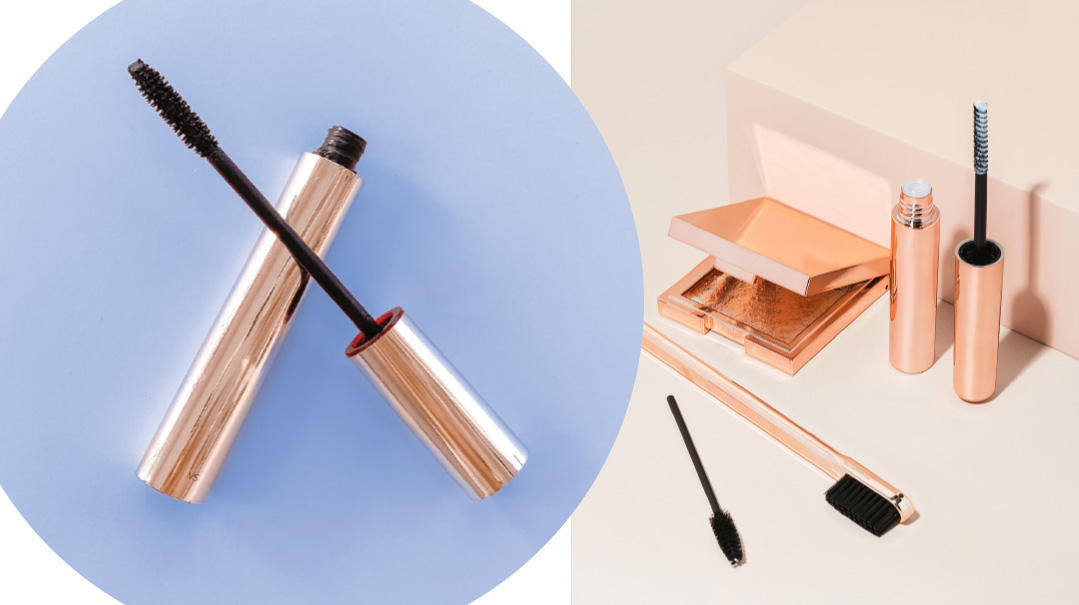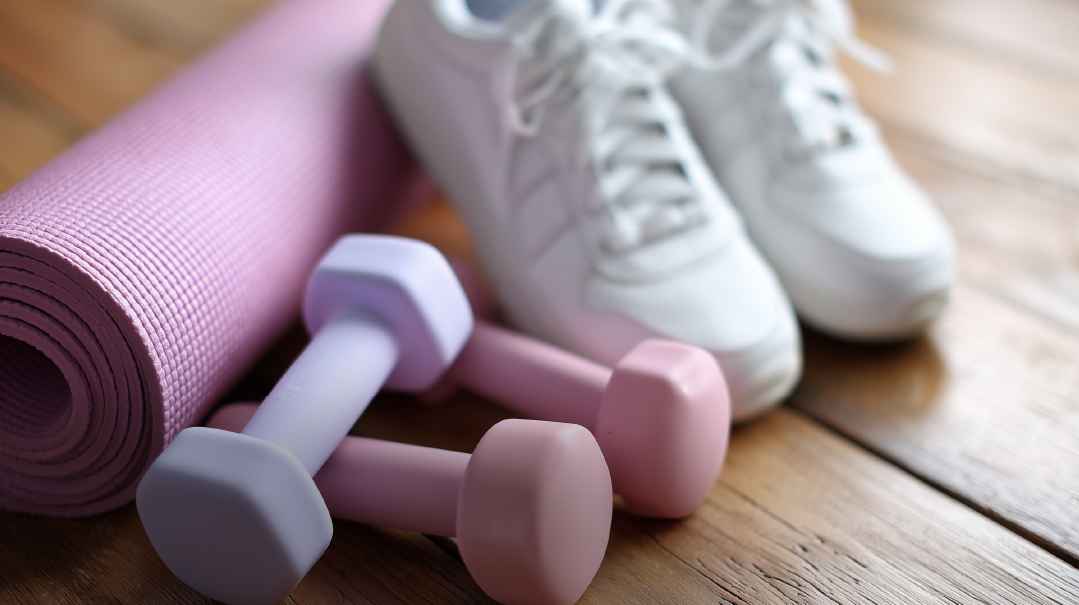Summer Is Here… and So Is the Mess
| July 15, 2025Let’s get straight to it: Summer is a circus, and you’re the janitor, not the star

During the year, we have structure. School drop-offs. Homework. Bedtimes. There’s rhythm even in the mess.
But once summer hits, that rhythm vanishes and the mess explodes. Suddenly, you’re sitting in your living room, wondering, “How is it possible for my humans to destroy a home in under ten minutes?”
It’s louder. It’s stickier. It’s longer days and shorter tempers.
And when there’s no school and no structure, the mess spreads like a virus.
But it doesn’t have to feel like this. You can have a calm, functional home. You can train your toddlers and your teens to help clean up. And you can reclaim your space without turning into a full-time cleaning lady or a screaming mom.
Here’s what actually works.
Step One: It’s Not a Discipline Problem. It’s a SYSTEM Problem
This is not about your motivation or your kids being lazy or spoiled. This is about not having the right systems in place. It’s not that you aren’t working hard enough. You’re probably working too hard and doing everyone else’s job for them.
What you need is structure. Boundaries. Systems that don’t rely on you repeating yourself all day. Systems that work for toddlers, teens, husbands, guests, and your own peace of mind.
Step Two: Start with the Stuff, Because You Can’t Clean Clutter
This is the first thing every Frum Minimalist must know.
Before you start assigning chores or asking your kids to help, stop and ask yourself, “Is this space actually manageable?”
Because if your playroom has 63 bins of random junk...
If your kitchen table is the dumping ground for crafts, mail, parshah sheets, and tzitzis...
If the couch has four laundry piles and some rogue slippers...
Then no, they can’t help clean. And you’ll just burn out trying.
Once, I cleared out 90 percent of the playroom toys. My kids didn’t even notice what was gone. They actually played with what remained, and cleanup became doable.
Step Three: Shared Spaces Are Not Free-for-All Zones
Every person can have a personal space with a messy drawer or labeled bin, but the rest of the house is shared. And shared spaces have shared rules. The dining room is not an art station. The couch is not a laundry pile. The floor is not a sneaker graveyard.
Rule: If it’s left out in a shared space, you clearly don’t care about it. And I decide what happens to it.
Step Four: The Clutter Basket
Growing up, my mother had a big wicker basket at the bottom of the stairs. Anything left out went in. If we didn’t retrieve it, she decided its fate. It was genius. It was passive-aggressive. It worked.
I keep a big clutter basket in the kitchen and two smaller bins hidden in closets. If an item isn’t retrieved, it gets trashed or earned back. It saves my sanity and trains my kids to pay attention to their things.
Step Five: The Reset
Try the four-times-a-day reset. Once before breakfast, then before lunch, dinner, and bed. It’s not a deep clean, just a quick reset. You don’t ask. You announce, “Okay, reset time.” And everyone helps. No one is too young or too tired.
Step Six: Use Bins to Limit the Overflow
If there’s nowhere for something to go, your kids can’t clean up. Every item needs a home, and containers mean natural limits. Overflow? You don’t need more storage — you need less stuff.
Let the container be the bad guy. “If it doesn’t fit, it doesn’t stay.”
Step Seven: Yes, Even Toddlers Can Help
Toddlers want to help. Let them. But make it doable. Use pictures and labels on bins, try a 30-item challenge, do a five-minute cleanup with music, or assign cleanup by color: “You do red things!”
If you’re old enough to make a mess, you’re old enough to clean it up!
Step Eight: Your Teens Are Capable, Too
Have older kids or bochurim home for summer? Assign a zone: living room, floor sweep, or table reset. Then rotate weekly and post clear checklists so they know what clean means.
Stop nagging. Let the system talk. Point to the list.
If they leave stuff out? It goes in the clutter basket. This isn’t harsh. It’s how you raise capable, respectful human beings.
Final Step: Breathe. Drink Your Iced Coffee. Let Go When Needed.
Even with the best systems, you’ll still have messy moments.
That’s okay. That’s normal. That’s life.
What matters is that you have structure in place. That you’re not cleaning up after everyone all day. That your home functions, even if it isn’t perfect.
You’ve got this. For real.
Ellie Azerad, founder of Frum Minimalism and author of Frum Minimalism, helps families create calm, functional homes, at workshops, in vacation homes, and through her courses. She created the Frum Minimalism Home Reset and Raising Minimalist Kids courses to help you get out of survival mode and finally breathe again. Her mission: less mess, more menuchas hanefesh.
(Originally featured in Family First, Issue 952)
Oops! We could not locate your form.







